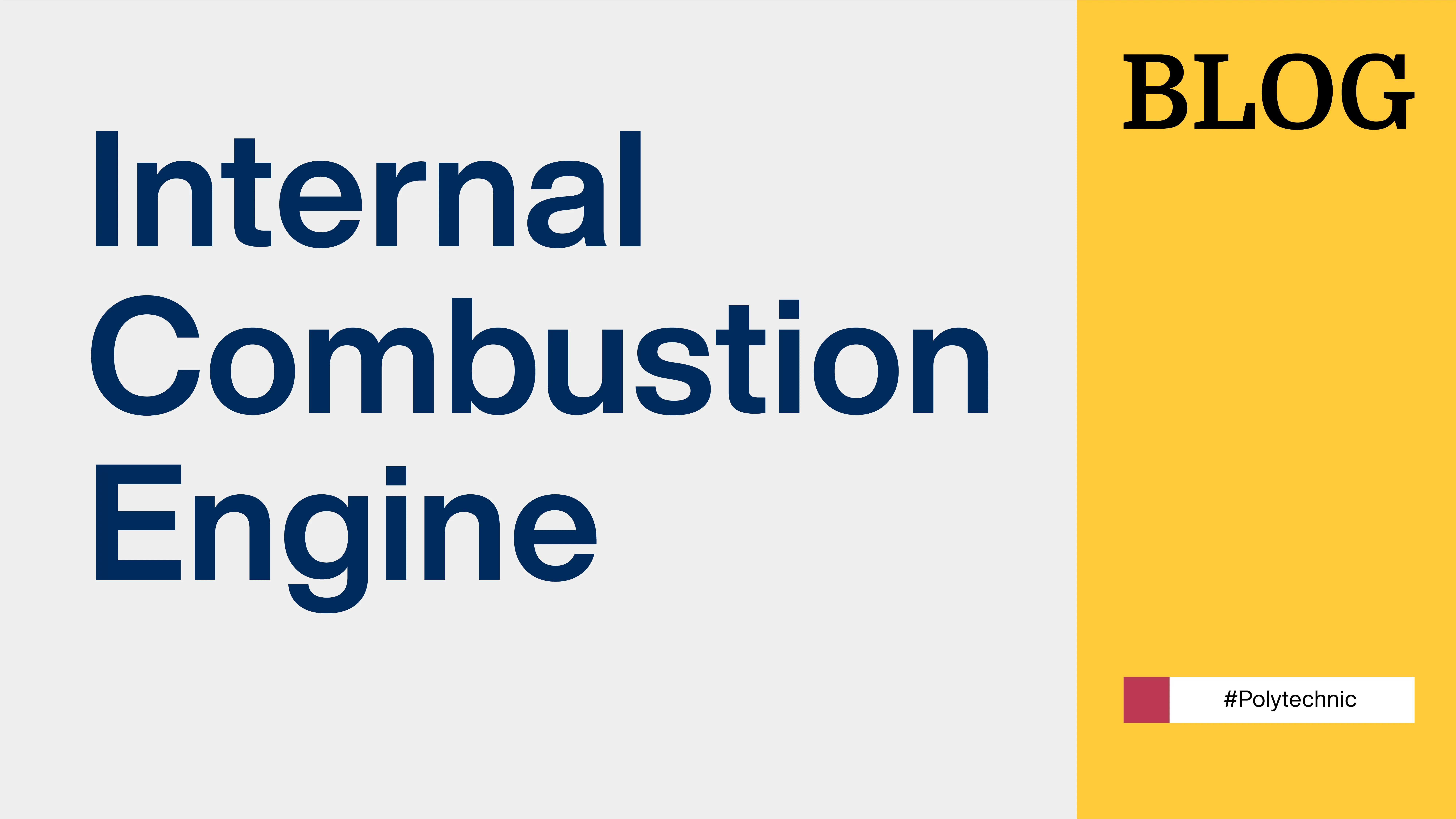As we all know that an IC engine is that in which combustion of fuel takes place inside the engine cylinder. The function and construction of each part of an Internal Combustion engine is detailed as under:
Cylinder Block, Cylinder Head and Crank case: Cylinder Block,Cylinder Head and Crank case, these three parts form the foundation and main stationary body of the auto mobile engine. They serve as a support and enclosure for moving parts. In modern engines, the cylinder block and crankcase, form a single casting, which gives a rigid structure. The cylinder block may also have a separate crank case for the crank shaft, which is mainly confined to large engines and marine and stationary engines. A separate aluminium crank case would result in saving the weight ( because aluminium is lighter in weight) as well as enable cheaper and quicker replacement.
A cylinder block consists of mainly three parts:
1) The cylinders in which pistons move up and down.
2) The ports or openings for the valves.
3) The passages for the flow of cooling water.
The round cylinder surfaces are given precision mirror finish by accurate grinding and honing process.
Material:The cylinder block is usually made from grey cast iron and sometimes with addition of nickel and chromium. Some blocks are cast from aluminium, in which cast iron or steel sleeves are used. For most engines, cast iron has been found to be a satisfactory cylinder wall material, because cast iron has better wearing qualities. In some small engines, the cylinder walls are plated with chromium, a very hard metal to reduce cylinder wall wear and to increase their service life. Tests are being carried out on high silicon aluminium alloys to determine their possibilities as a material for cylinder blocks and crank cases. These alloys have a low coefficient of thermal expansion i.e. these alloys expand or contract very little and high wear resistance.
Atypical aluminium alloy composition for cylinder are:
Aluminium 91%
Tin 2%
Copper 7%
The bottom of the cylinder block supports the crank shaft and also the sump or oilpan and the cylinder head is mounted on the top of the block. Some parts are attached to the cylinder block with sealing gaskets which provide a good seal to prevent leakage of water, lubricating oil or hot gases produced by combustion of fuel during power stroke. Water cooled engines have passages surrounding each cylinder. The circulating water maintains the engine at its correct working temperature and avoids excessive expansion of the piston in the engine cylinder due to this high temperature. Because if due to high temperature, the piston material , while reciprocating inside the engine cylinder, expands, then the gap between the piston and engine cylinder walls will be too minimum such that the reciprocating movement of the piston will stop and engine will seize.

